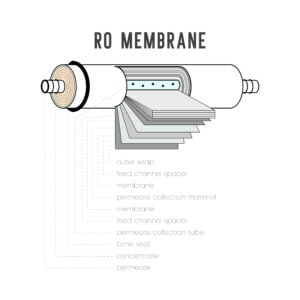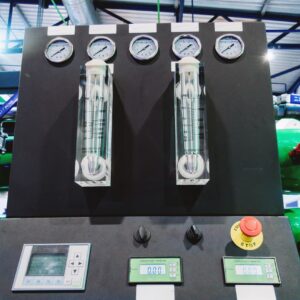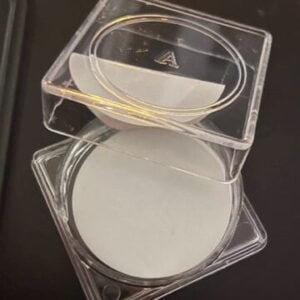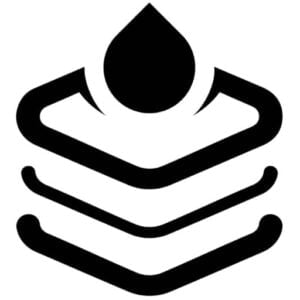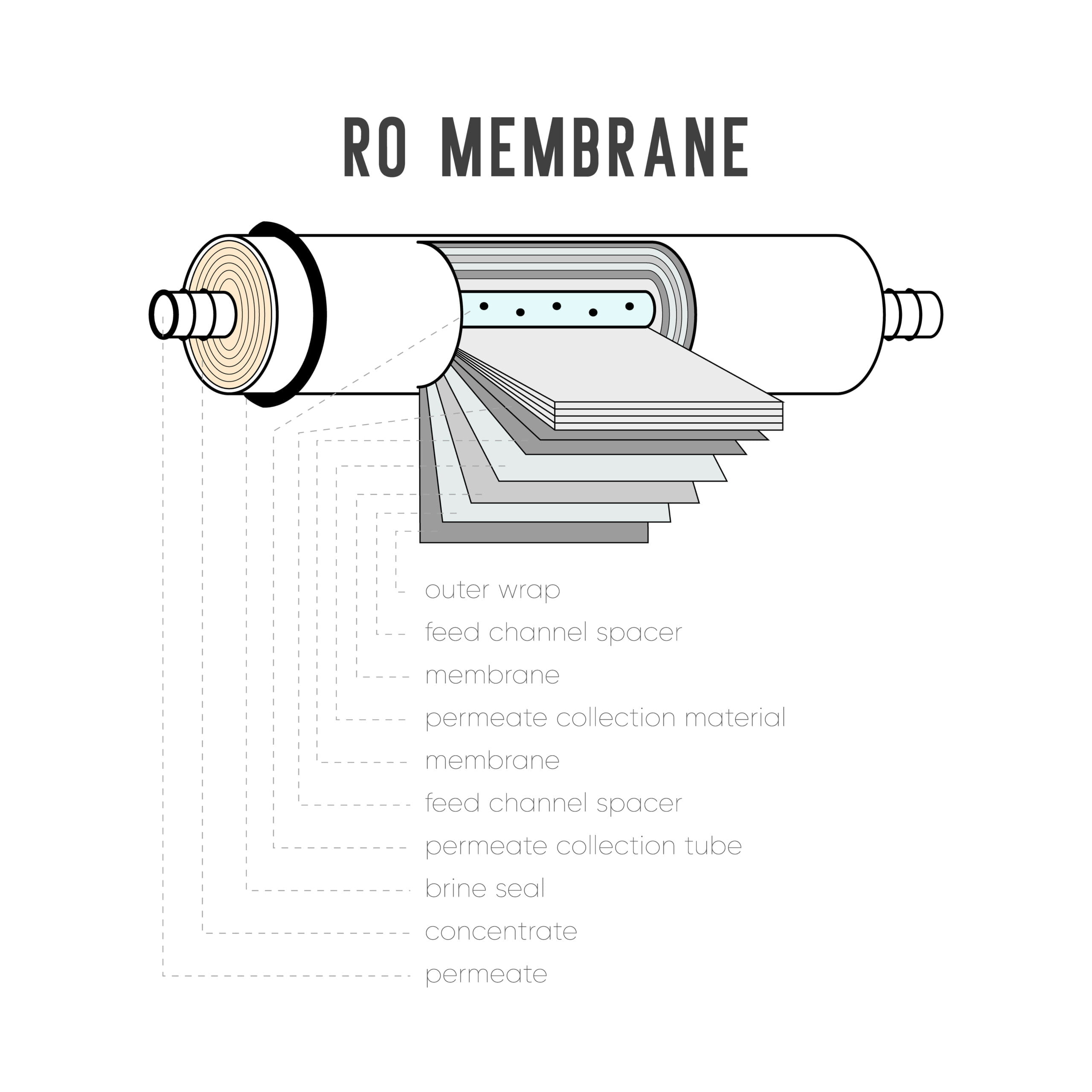
Understanding Key Membrane Properties for Effective Separation and Filtration
A membrane can be described as a is a thin, selective barrier. It plays a critical role in a number of applications, such as water treatment, gas separation, and biomedical devices, to name just a few.
There are a number of key membrane properties that affect their performance and suitability for a wide variety of applications. Here are some key membrane properties to look out for:
High porosity: The porosity of a membrane refers to the number of pores per unit area of the membrane’s surface. The porosity of a membrane is a measure of its ability to accommodate high flux rates and allow efficient separation of materials thanks to its high number of pores. It is common for membranes with high porosity to be used in applications such as water filtration and gas separation.
Chlorine Tolerance: Chlorine is a commonly used disinfectant in water treatment processes, but it can also damage membranes over time. A membrane with good chlorine tolerance is resistant to chlorine damage, making it more durable and long-lasting. This property is important in water treatment applications that involve the use of chlorine or other disinfectants.
pH Stability: The pH stability of a membrane refers to its ability to maintain its performance and structural integrity under different pH conditions. A membrane with good pH stability is resistant to degradation and chemical damage, making it more suitable for a wide range of applications. This property is particularly important in applications that involve exposure to acidic or basic solutions, such as desalination.
Narrow Pore Distribution: The pore distribution of a membrane refers to the size and distribution of the pores within the membrane. There is also an advantage to narrow pore distribution. This is because the pores have a relatively uniform size, which improves the membrane’s ability to select certain molecules and offers increased efficiency. There are a number of applications where this property is particularly useful, such as ultrafiltration and nanofiltration, which require precise separation of materials. Exceptional
Polymer Strength and Flexibility: The strength and flexibility of a membrane’s polymer material determine its durability and resistance to mechanical stress. It is more likely that a membrane with good polymer strength and flexibility will last longer and be less likely to break or tear during use. This will make it more reliable and durable. There are various applications in which this property is useful, including reverse osmosis, in which a high-pressure or high-temperature environment is present.
Good Hydrophilic Character: A membrane that has a high hydrophilic character is one that can attract and retain water, which translates to it being a good hydrophilic material. A membrane with good hydrophilic character has a high affinity for water, which can improve the performance of the membrane in applications such as water treatment and biomedical devices. This property is also important in preventing fouling and improving the overall durability of the membrane.

